Can you revive woody lavender plants? Pruning advice from a professional gardener to save your plants this spring
With the right care and pruning approach, gardeners can save old and woody lavender plants
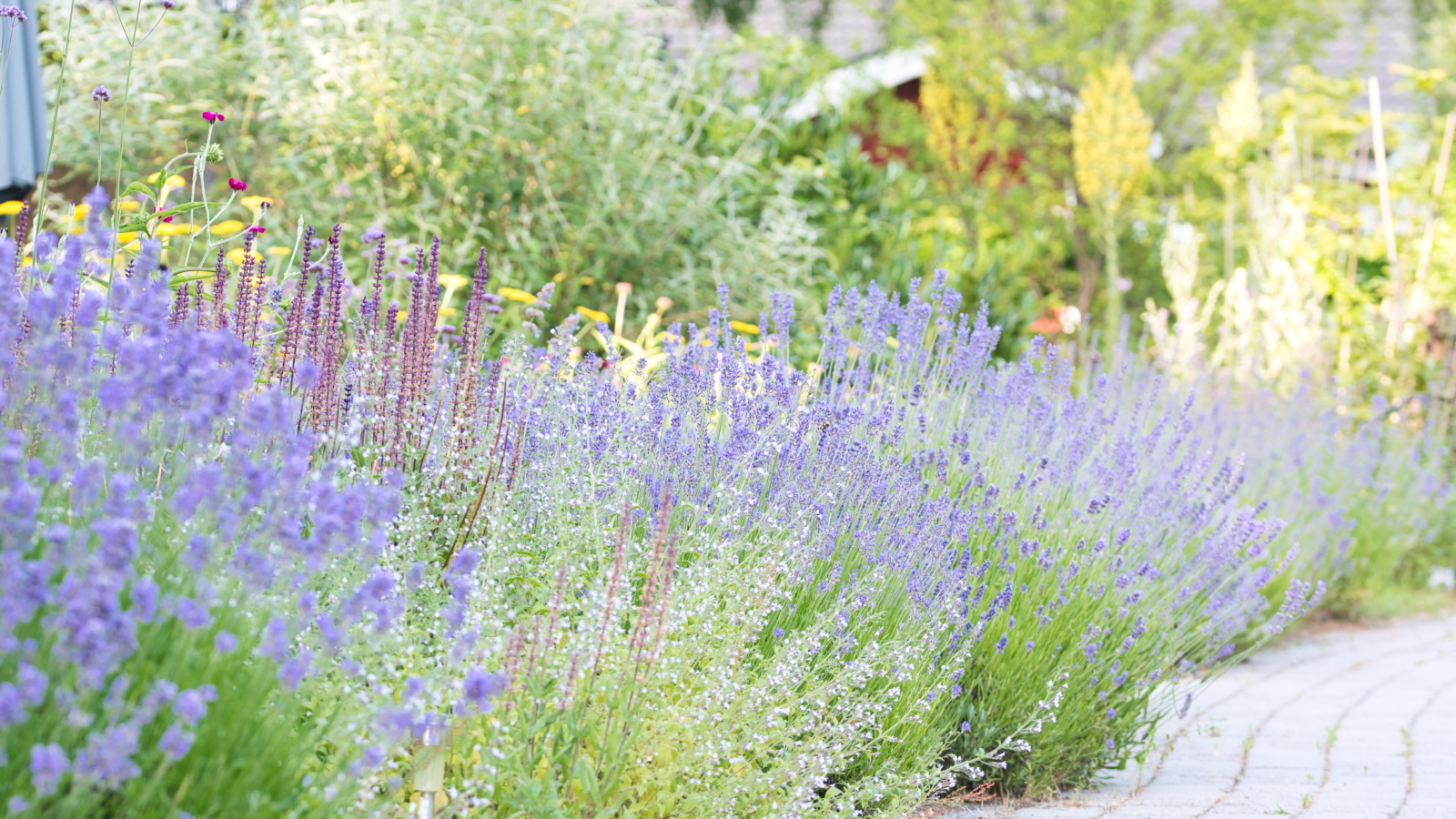

Lavender plants are timeless garden favorites. Come summer, purple blooms fizz and hum with pollinator activity as the familiar fragrance perfumes the air. Lavender plants can live for up to 20 years with the correct care and maintenance, and established plants can reach an impressive size in garden borders.
Knowing how to prune lavender is crucial, and without regular and appropriate pruning, lavender plants can begin to look dishevelled and woody, perhaps past their expiration date. Whether you have inherited old, woody lavender plants, or maybe your garden has been a little neglected of late, there is hope for your lavender plants.
As a professional gardener, I have pruned too many lavender plants to count, many of them old and woody, and while there might be many beautiful herbs to pick from at the garden store, or you might be tempted by some of the best lavender varieties you have seen online, gardeners should not give up on woody lavender plants. Here, I share all I know about pruning woody lavender plants, and how to propagate lavender plants from cuttings.

Can you save a woody lavender?
Pruning woody lavender plants is not without risk. Many gardeners might be tempted to dig up the old, woody plant, and replace it. However, pruning with care - at the right time - can help to revive your plant.
When to prune woody lavender plants
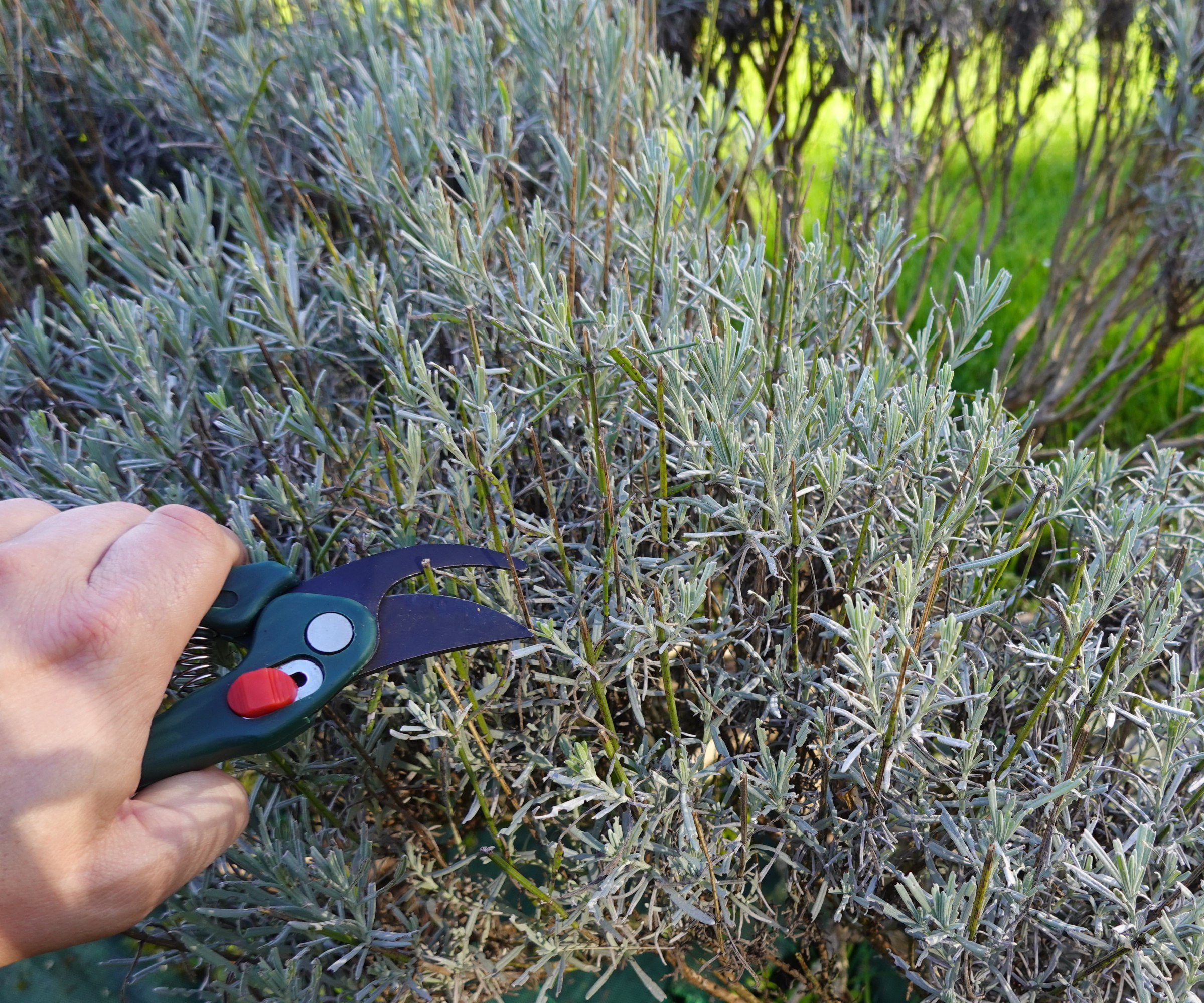
If you have woody lavender plants in the garden borders, action is required to save them. Pruning is, of course, the key to correct lavender growing mistakes, helping to rejuvenate your lavender plants, but this must be done at the right time. It is not necessary to fertilize lavender plants, even if they are woody, and this will not save lavender plants from turning woody.
Spring is the ideal time to take on the job of pruning woody lavender plants, after the last frost. While your approach will vary depending on your US hardiness zone, it is advisable to wait until at least mid to late April, when there is little chance of frost. This is because frost would damage or kill any new growth.
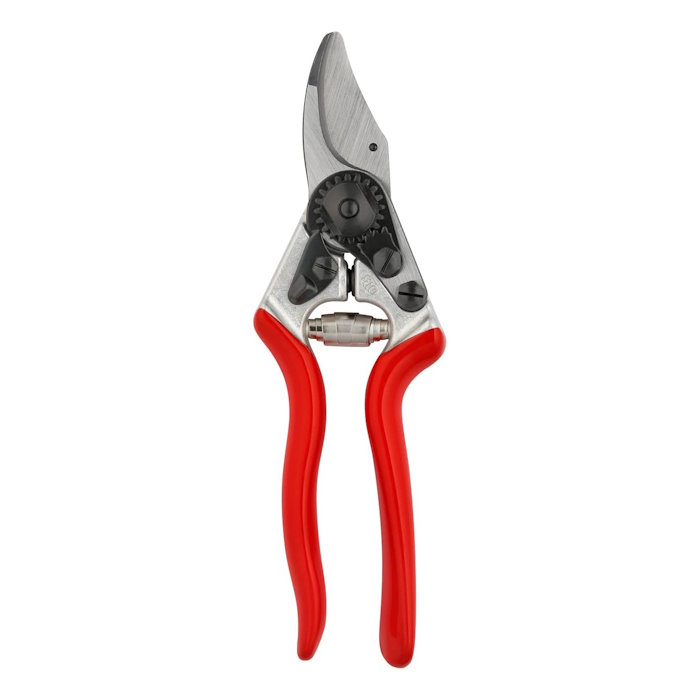
Felco pruners are the best pruners you can buy. These secateurs are constructed of forged aluminum handles and hardened steel blades, ideal for all your pruning jobs in the backyard.
How to prune woody lavender plants
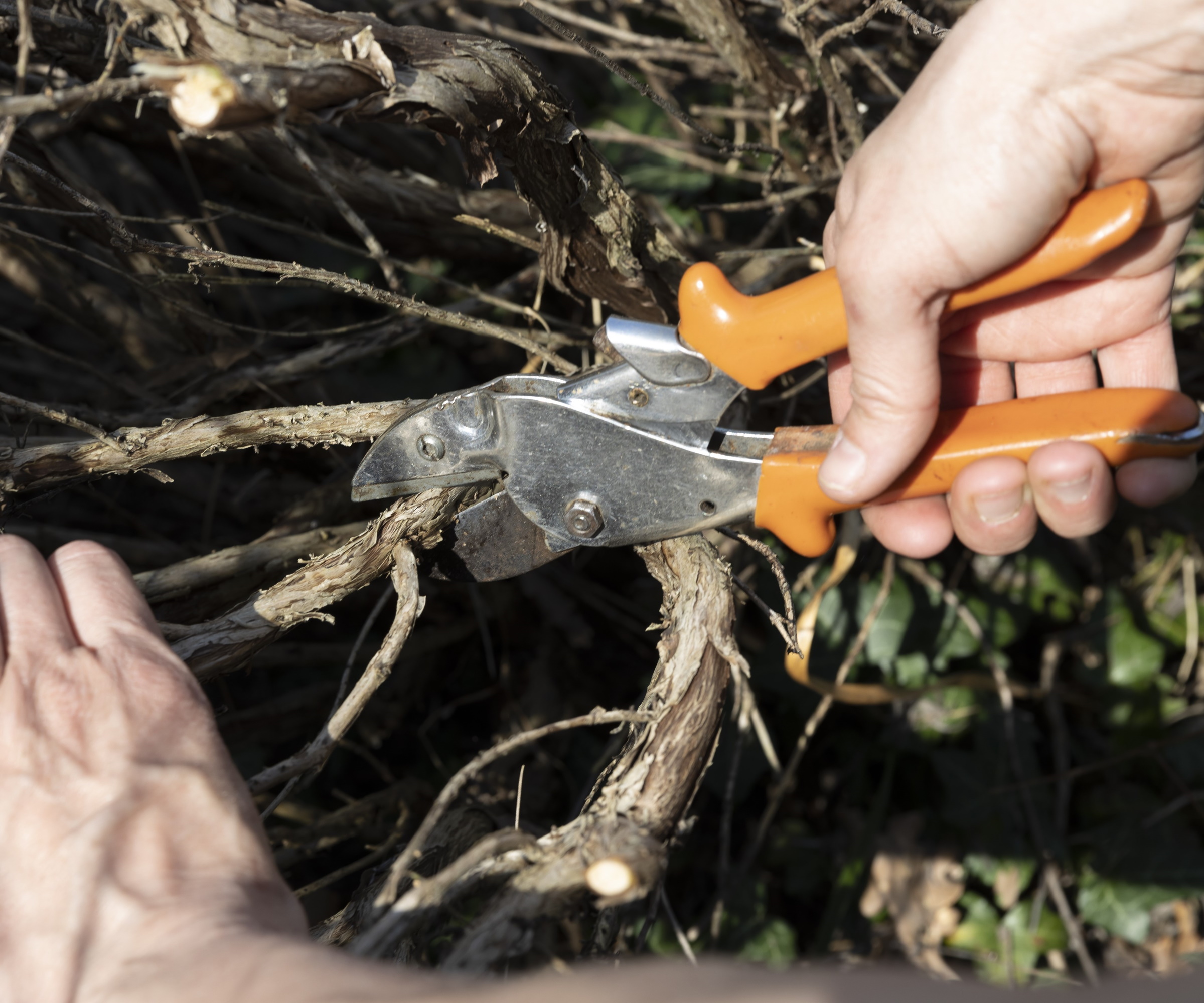
Before you reach for the secateurs or pruning shears, take a moment to get up, close and personal with your lavender plant. Inspect the plant closely, looking for signs of life, which might be green shoots already emerging or small growth nodes waiting to spring into life. You can also gently scratch woody stems to inspect for green signs of life.
Depending on the condition of your woody lavender plants, and your appetite for risk, I would recommend starting slowly and with caution. Some woody plants might not need a severe hair cut, and you might be able to prune to just above a growth node, forming a neat, rounded base for the plant to regrow from. However, some woody lavender plants might be too far gone for this approach to work, as can be seen in the image here.
If woody stems are long, gnarled and crooked, I would suggest taking cuttings, as an insurance policy, and pruning these lavender plants quite severely. While this is not usually recommended, I have done this previously on old lavender plants that I was prepared to lose, and often they will surprise you and resprout. It is important to remember, however, that this is a risky approach, so do not prune if you are not prepared to lose these plants.
One idea is to slowly and methodically prune old, woody lavender plants over a period of three years, leaving some old, woody stems, while cutting back a small number of stems. This approach will not cause so much stress and shock to the plant as would be the case if you chopped the whole plant to the base at one time. While it may take a dedicated gardener many years to finish this job, this can be done to great results.
How to take lavender cuttings
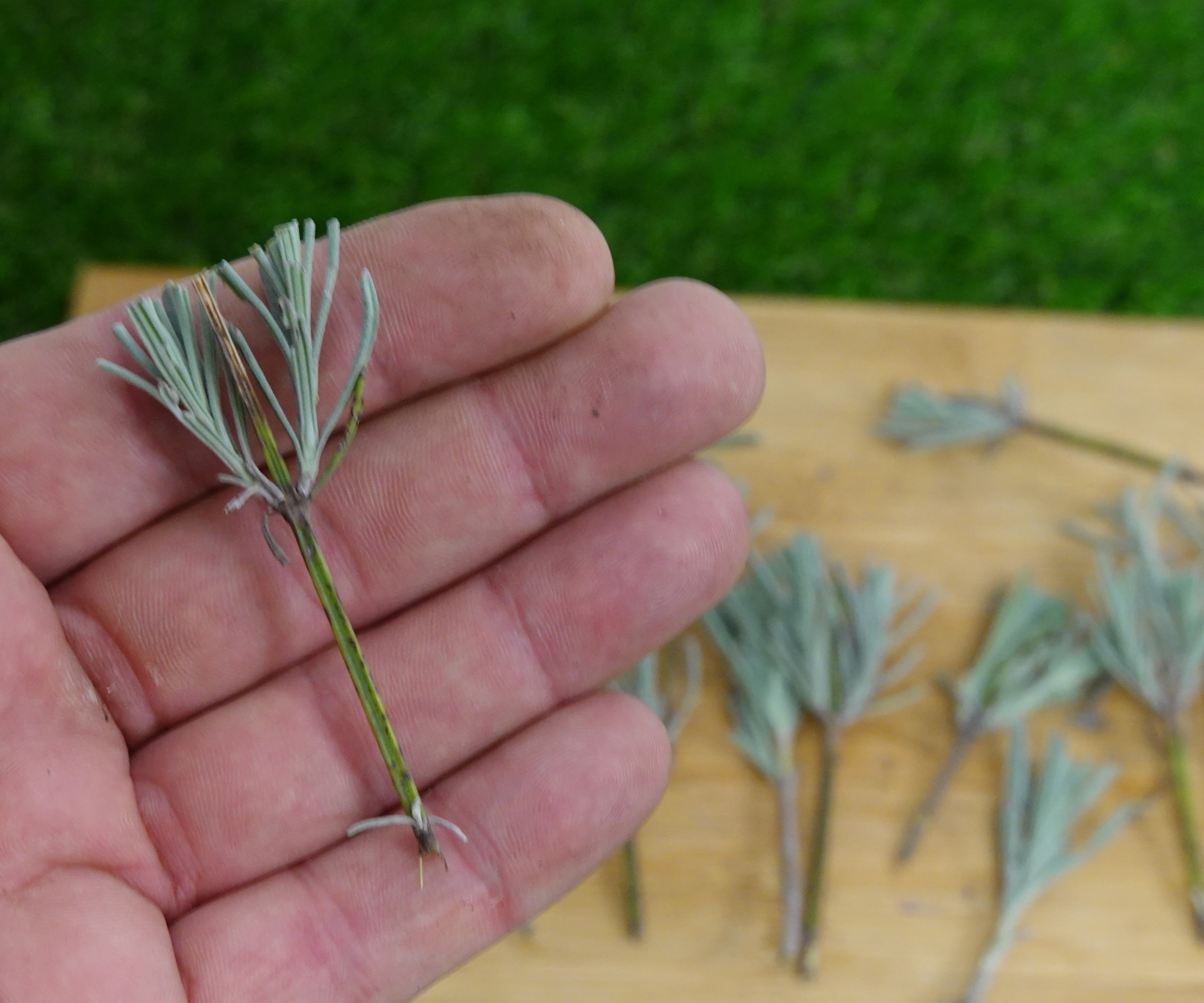
If you are worried about your woody lavender plants, it is a good idea to take some cuttings before pruning them. These cuttings will go on to become your lavender bushes in future years. While there are many ways to propagate lavender, softwood cuttings can be taken during mid to late spring and early summer.
You can find everything you need to know about how to propagate lavender, from both hardwood and softwood cuttings, in our guide.
Always use a pair of clean, sharp secateurs, and when you are taking cuttings from an older, woodier plant take this year's growth, which will appear green and soft (not woody). Cuttings should be approximately 3 to 4 inches in length, with three or more leaf nodes along the stem, and a few leaves found at the top.
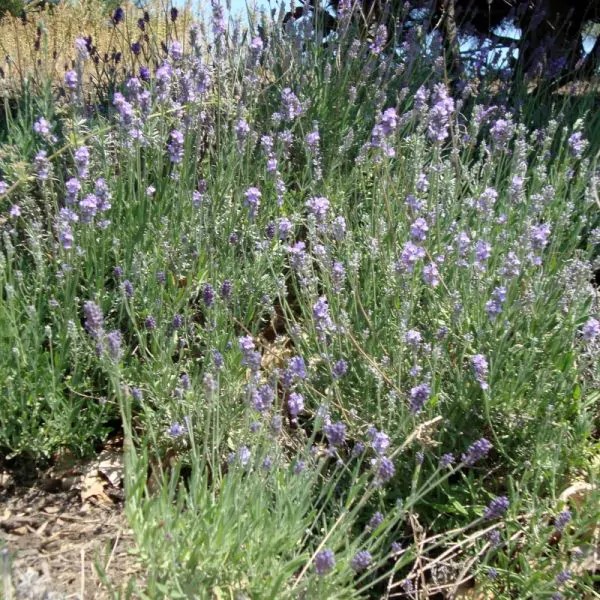
Fragrant and relaxing, English Munstead Lavender, or Lavandula angustifolia 'Munstead', is just the herb you've been needing in your life! Classic looks and heavenly scent conjure a sense of calm and tranquility, while the serene purple hue and comforting herbal fragrance soothe the mind and body.
FAQs
When is the best time of the year to take lavender cuttings?
Softwood cuttings, as described above, should be taken in the spring time, after the last frost. Doing so at this time gives the cuttings plenty of time to root and establish before the end of the growing season. Hardwood cuttings are typically done in fall, cutting into the woody part of the plant.
There is hope for woody lavender plants, and while pruning is not without risk, with careful care and maintenance, you can bring your old plants back to good form. Why not also consider tidying up old roses in the backyard, which is another time-critical gardening job? Consider our guide on lavender pests and problems for more information on caring for this fragrant herb.
Sign up to the Homes & Gardens newsletter
Design expertise in your inbox – from inspiring decorating ideas and beautiful celebrity homes to practical gardening advice and shopping round-ups.

Thomas is a Content Editor within the Gardens Team at Homes and Gardens. He has worked as a professional gardener for both public spaces and private estates, specializing in productive gardening, growing food and flowers. Trained in Horticulture at the Garden Museum, he has written on gardening and garden history for various publications, including The English Garden, Gardens Illustrated, Hortus, The London Gardener and Bloom. He has co-authored a Lonely Planet travel book, The Tree Atlas, due out in 2024.
-
 Plants never to grow next to fruit trees
Plants never to grow next to fruit treesExpert advice on which plants to keep away from fruit trees to encourage a healthy harvest
By Jacky Parker Published
-
 Martha Stewart's tips for arranging daffodils are unbelievably simple and effective – it's the only flower advice you need this springtime
Martha Stewart's tips for arranging daffodils are unbelievably simple and effective – it's the only flower advice you need this springtimeMartha shows us that we can create gorgeous bouquets of this seasonal flower by simply trimming the stems and placing them in specific vases
By Hannah Ziegler Published